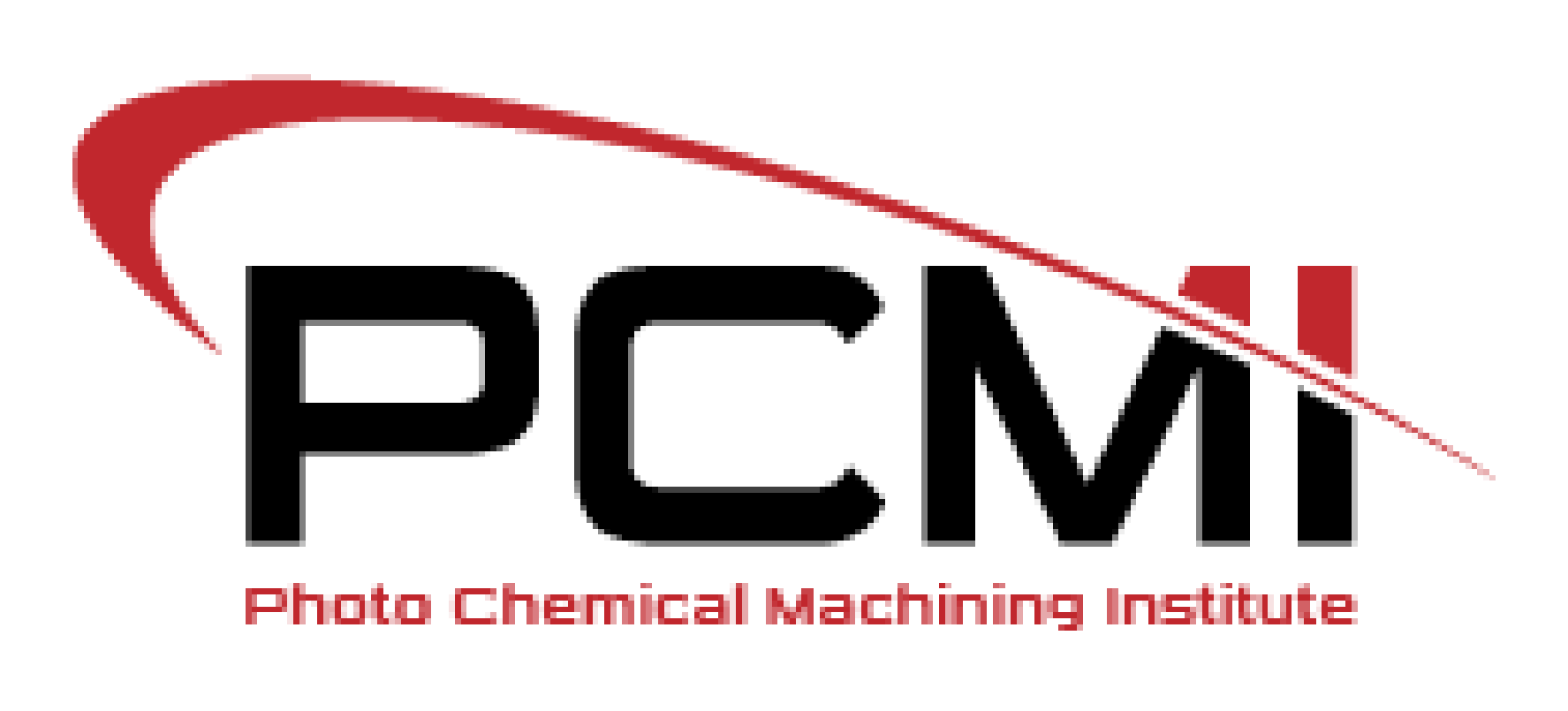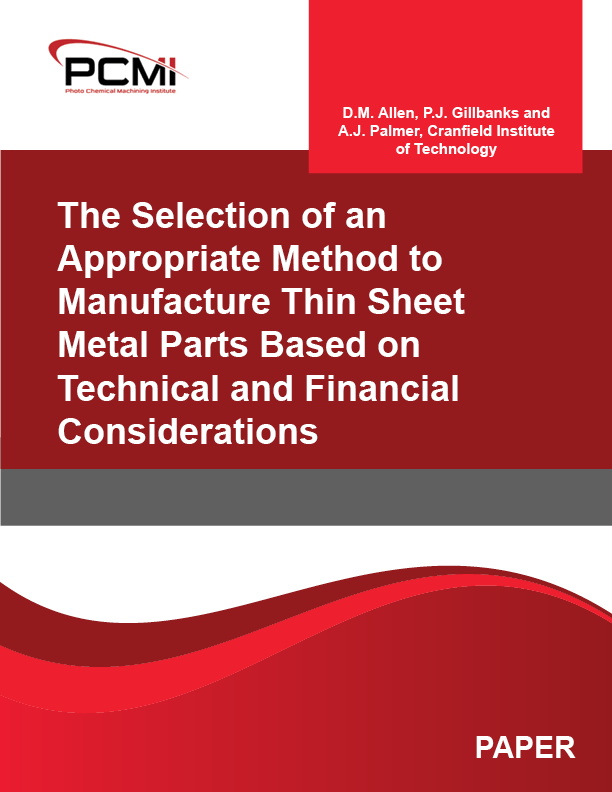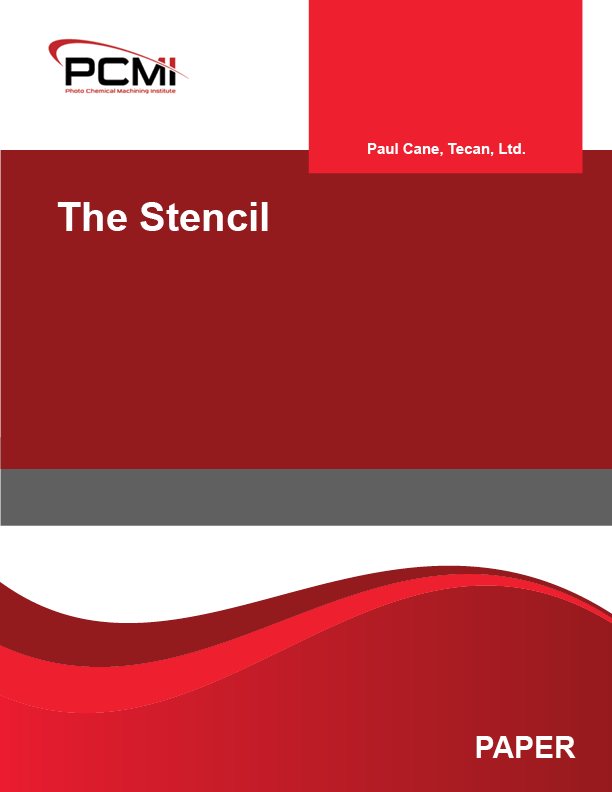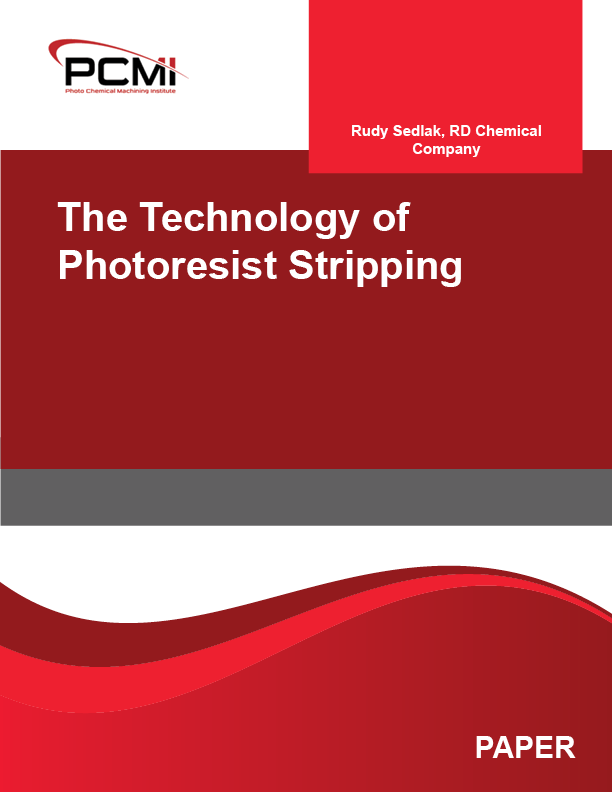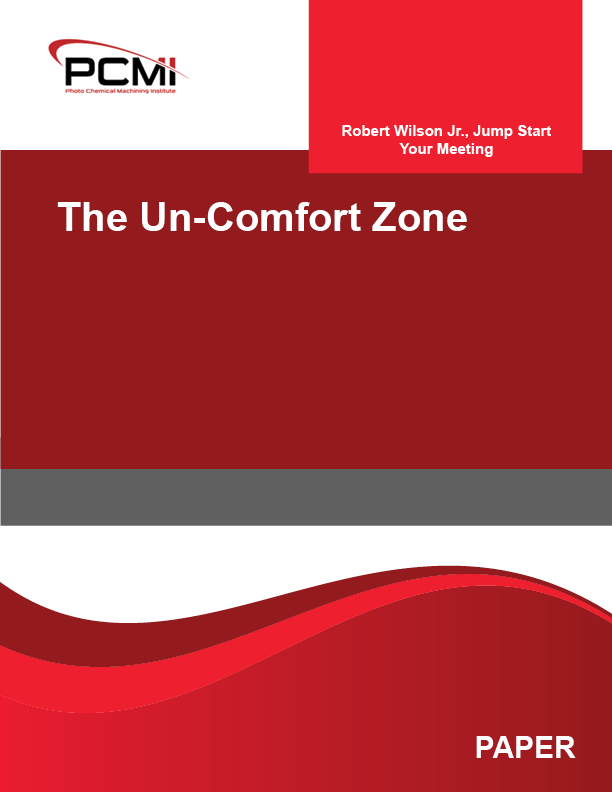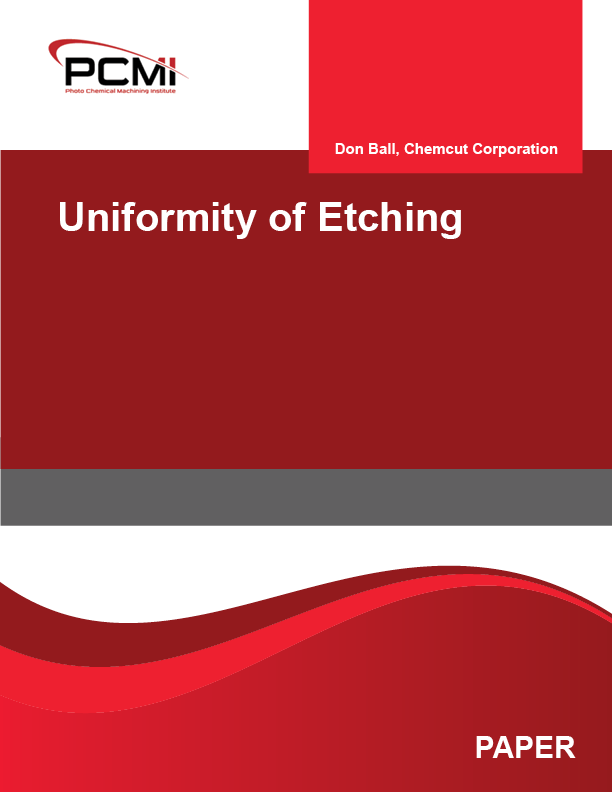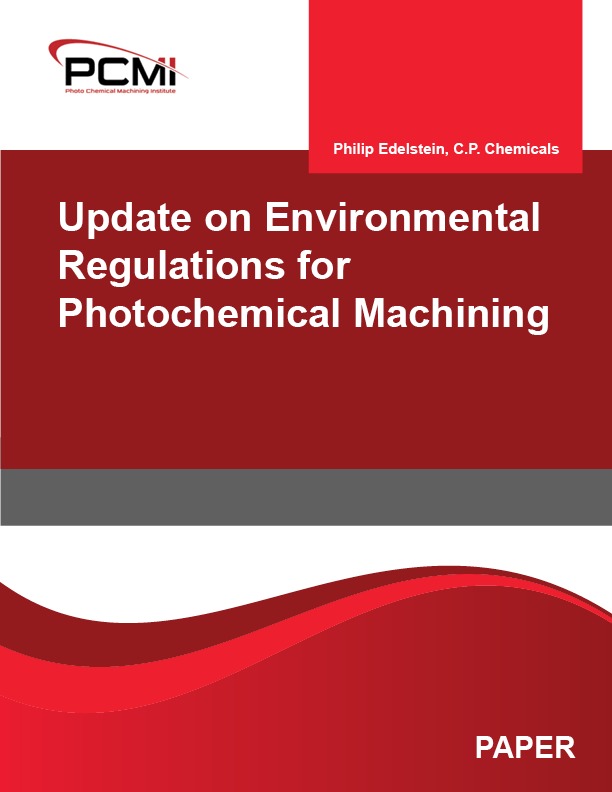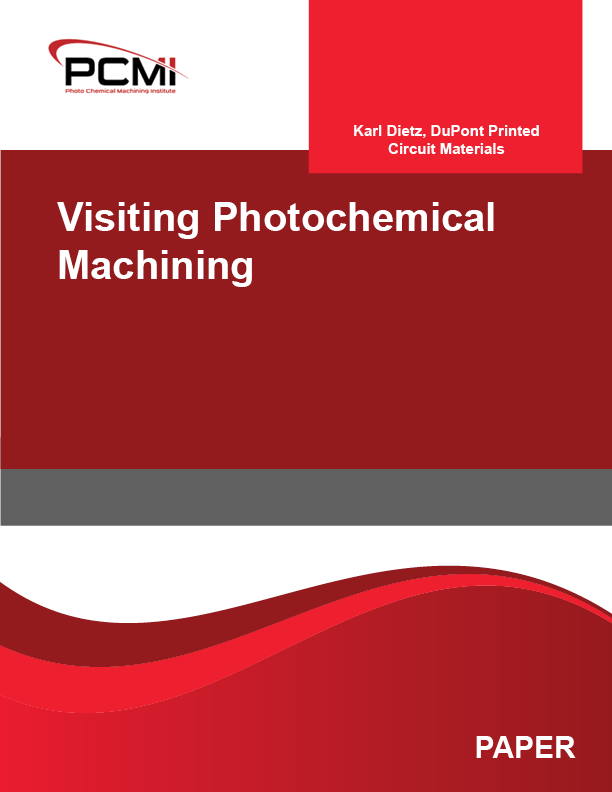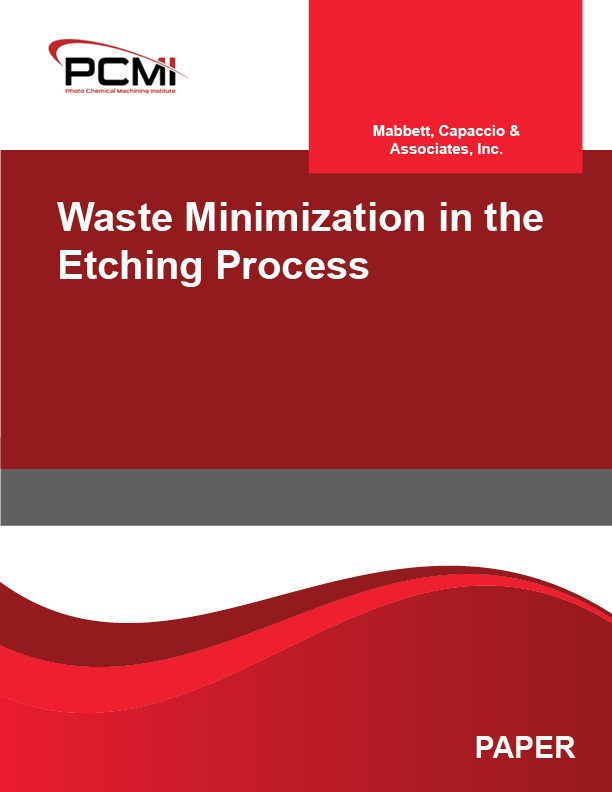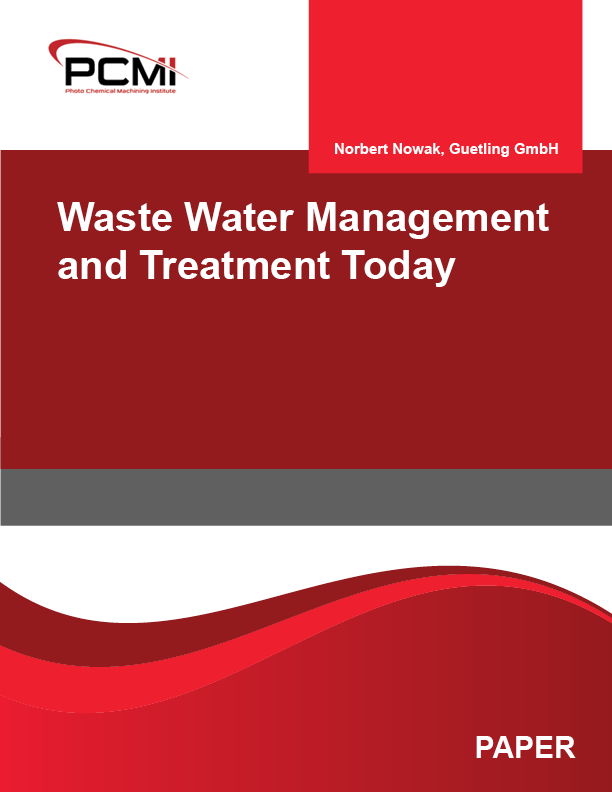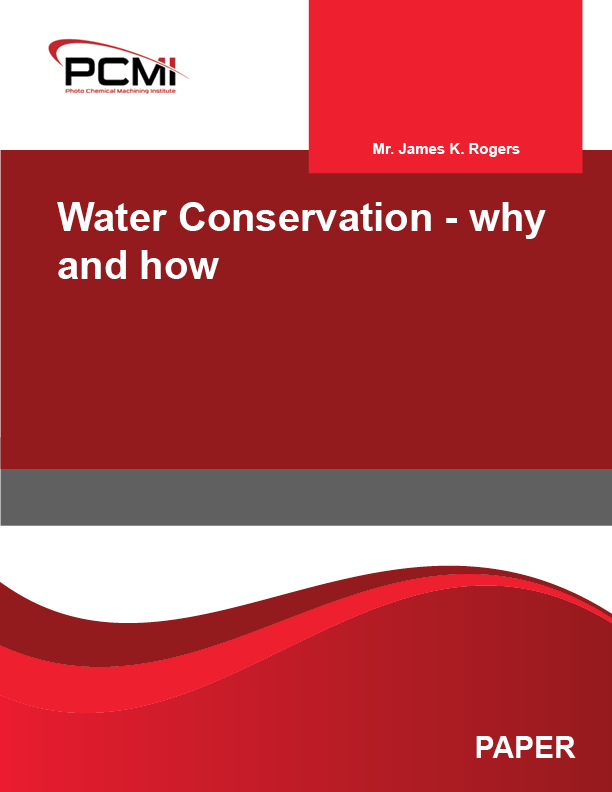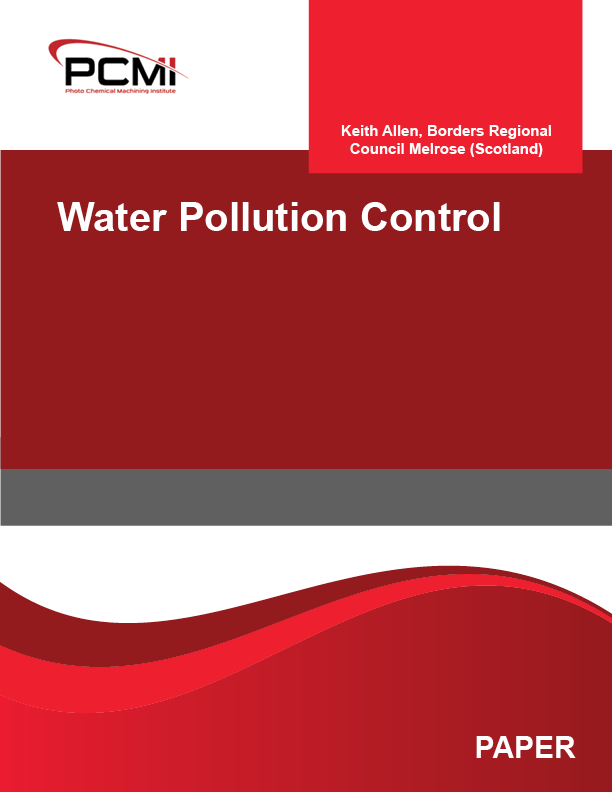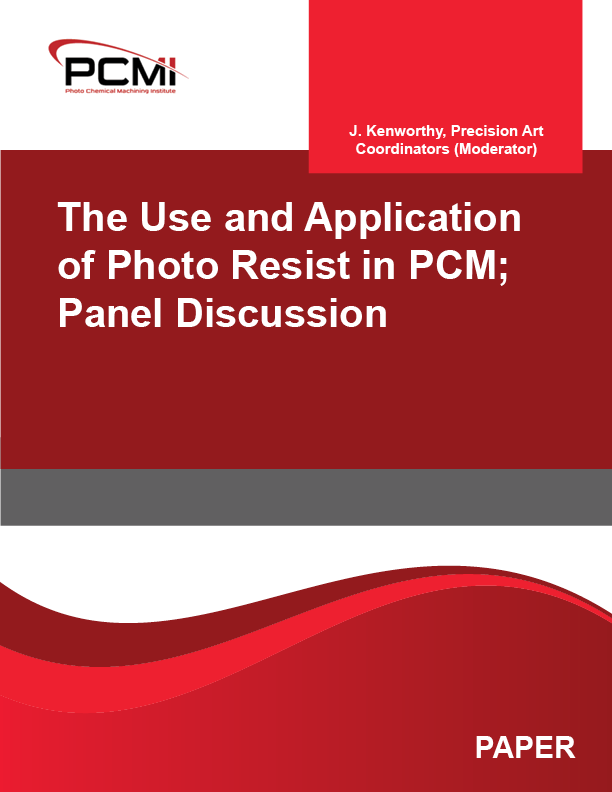
Dry Film Waste Treatment: A Reliable and Cost-Effective Alternative to a Persistent Problem
Typically, companies involved in both printed circuit board manufacturing as well as Photo Chemical Machining will utilize Dry-Film Imaging technology for the development of various images onto metal substrates. Immediately following this imaging process is a chemical developing process. Additionally, there is a subsequent stripping process after electroplating. As a by-product of these operations, the manufacturer is left with spent developer and stripper solutions, which are generally resist-laden, metal bearing and alkaline in nature.
$60.00
